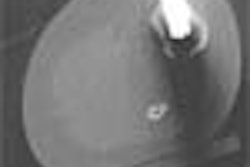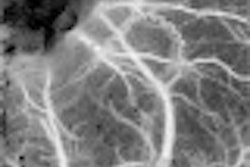Springer-Verlag, New York, 2002, $149
Percutaneous vertebroplasty has been performed for nearly twenty years and the procedure has gradually gained favor as a highly effective treatment for both osteoporotic and malignant vertebral body compression fractures. Patients and clinicians alike have learned of the benefits offered by vertebroplasty, despite limited long-term research data and access to training. Concise textbooks are required to enhance knowledge of the procedure.
At first glance, vertebroplasty seems straightforward. However, the more one performs the procedure, the more subtleties become apparent. Written by leaders in the field, Percutaneous Vertebroplasty is a well-organized work that serves as both an introductory text as well as a valuable reference for more experience practitioners.
The book is divided into twelve chapters, starting with a brief historical review, followed by a pertinent summary of spine anatomy and a discussion of surgical options. The chapter on patient evaluation and selection is indispensable for those just starting a vertebroplasty service.
Chapter six discusses in detail all materials needed for vertebroplasty as well as the different techniques. This is key information because vertebroplasty can be performed from the cervical spine through the sacrum. But approaches in the cervical region drastically differ from those in the lumbar spine, and this book presents these options in a comprehensible, straightforward fashion. A chapter devoted solely to incidents and complications will be valuable for those who are new to the procedure.
Other topics that are covered include vertebroplasty for the treatment of osteoporotic fractures, vertebral hemangiomas, and metastaic lesions. This is very useful considering each type of lesion has a separate pathology, approach, and complication risk. Excellent images are provided for each type of lesion and approach to further reinforce concepts presented in the text.
The final chapter addresses interesting future directions and challenges for optimizing the procedure. This easy-to-read text thoroughly covers the vertebroplasty gamut from patient selection to procedure technique to post-op management.
By Dr. Brian J. FortmanAuntMinnie.com contributing writer
September 30, 2003
Dr. Fortman is a neuroimaging specialist at Carolina Radiology Associates in Myrtle Beach, SC. He recently completed a neuroradiology fellowship at the Johns Hopkins Hospital in Baltimore.
If you are interested in reviewing books, let us know at [email protected].
The opinions expressed in this review are those of the author, and do not necessarily reflect the views of AuntMinnie.com.
Copyright © 2003 AuntMinnie.com



















